I was driving home last week when I noticed a McDonald’s half-eaten burger on the side of the road. Unfortunately, I see this often and picked it up because tossing an innocent being’s life onto the side of the road and risking the life of another innocent animal trying to eat it and getting struck by a car is just not how I want to show up in this world.
But let’s look deeper into what that half-eaten burger means on a bigger scale.
First, about 900,000 cows are killed every day for meat. Please read that line again and let it sink in. Now, for that one cow’s remains to end up on the side of the road demonstrates a complete disconnect from the life around us. Not only are cows sentient beings, but the way they are raised for meat production is cruel and contributes to our diminishing resources. According to tastingtable it takes approximately 2000 gallons of water to produce one pound of beef. As climate change is already affecting us, cattle are a top source of methane gas being released into the atmosphere, which is 80 times more potent than carbon dioxide in warming the Earth.
Now let’s look at food waste. According to One5c, as much as 40% of food in the U.S. is thrown away each day! Our landfills are nearly filled to capacity, and the amount of food going to landfills is a big problem. According to the NRDC, a head of lettuce can take up to ten years to decompose! When food waste breaks down in a landfill, it gets trapped between other garbage with little exposure to oxygen. That, in turn, also creates methane gas, which is also released into the atmosphere.
As food breaks down in a landfill, it combines with inorganic compounds like electronics, batteries, and paints, creating “liquid garbage” known as leachate. Leachate is a contaminant that enters our soils and water sources, putting our drinking water at risk. It can also enter lakes and rivers via water runoff or groundwater that discharges into them.
That half-eaten burger is a reminder of something much bigger than just trash on the side of the road; it highlights our need for empathy towards life, our environment, and the future we all share.
Resources:
1. Redden, Claire. 2022, April 13th. “The Surprising Amount of Water it Takes to Produce One Pound of Beef.” www.tastingtable.com. https://www.tastingtable.com/830861/the-surprising-amount-of-water-it-takes-to-produce-a-pound-of-beef/
2. Erin Jones, Ariane Datil, Alanna Delfino. 2021, December 4th. “Yes, cattle are the top source of methane emissions in the US.” www.verifythis.com https://www.verifythis.com/article/news/verify/environment-verify/cattle-cows-the-top-source-of-methane-emissions-in-united-states/536-8d5bf326-6955-4a9c-8ea5-761d73ba464c
3. Hana Seo. 2024, March 14th. “Food Waste in Landfills: What You Need to Know.” www.one5c.com. https://one5c.com/food-waste-landfills-136944213/
4. BiologyInsights Team. 2025, June 15th. “Landfill Leachate: What It Is and Why It Matters.” www.biologyinsights.com https://biologyinsights.com/landfill-leachate-what-it-is-and-why-it-matters/


